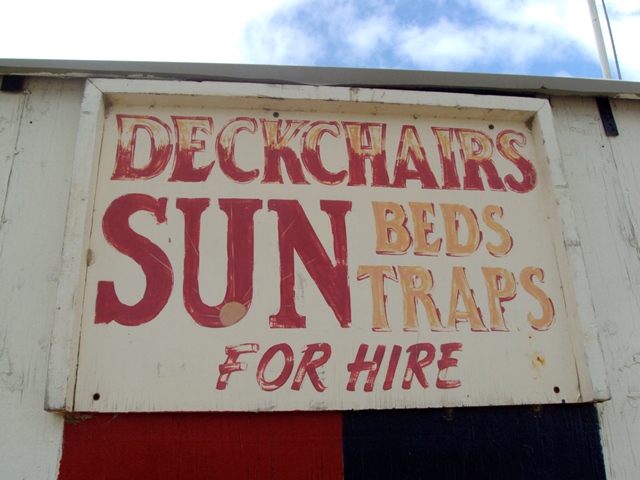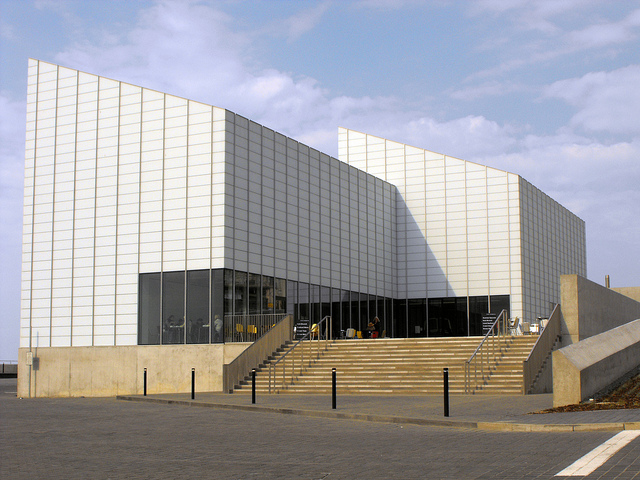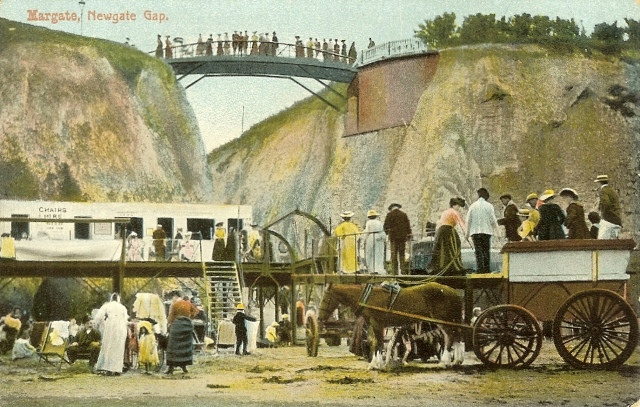A circular walk along Margate's seafront
From donkey rides to prize-winning art, discover how the seaside town of Margate has adapted to changing tides.
Follow the fashion and take the waters, explore the golden sands made famous by T S Eliot, find a ‘lost river’ and lose yourself in the rambling old town.



















